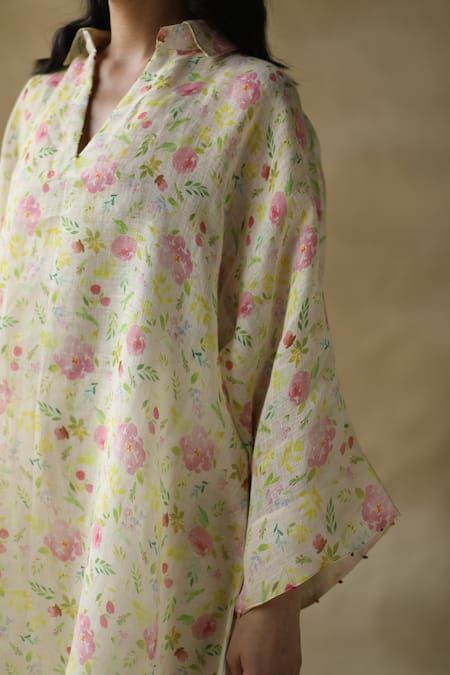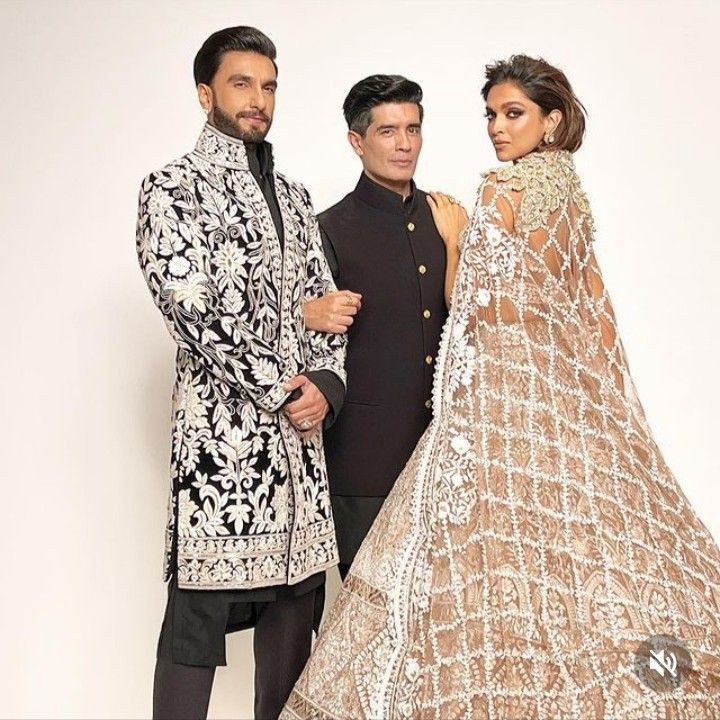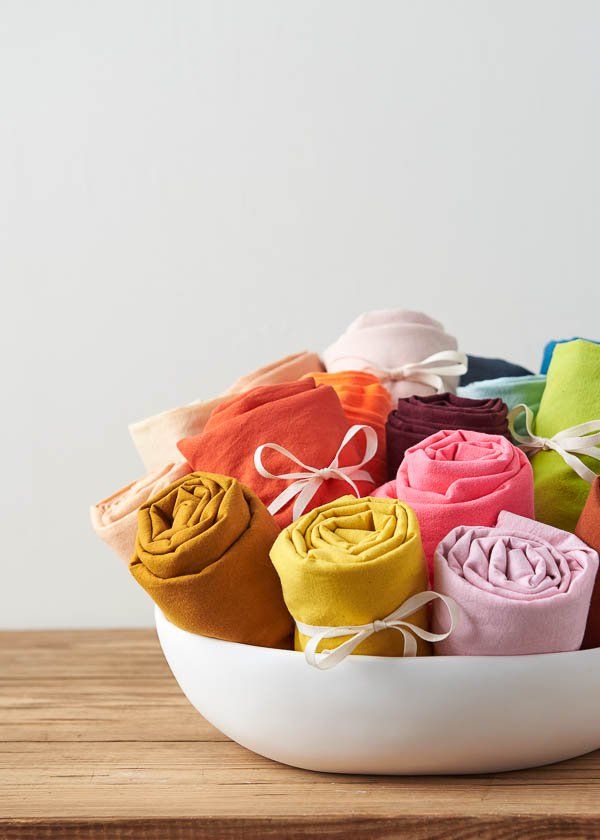India’s textile segment was so central to its identity in the global sphere that in ancient Greece and Babylon, “India” was shorthand for “cotton”. Since the inception of fabrics, we have come a long way. Previously fabrics were used to proclaim courtly splendour, religious worship, and communal identity, and today they are used as a fashion statement.
In 2024, as we live and breathe on the cusp of a new season in haute couture, brands have their eyes and ears wide open to explore what’s hot in wholesale fabric trends. If you are one of those brands that value every hue and stitch in fabric as an ode to the vivacity of life, here are some latest trends in materials and colours that are all set to define the fashion landscape.
Organic Cotton
There’s no denying that cotton is a timeless fabric option that isn’t going out of fashion anytime soon. Since archaic times, organic cotton fabrics have been an indispensable part of the fabric industry, and even today it’s in!
Sustainability is so much more than a fad. Modern consumers have become eco-aware and they are more likely to invest in fabric options or fashion brands that support eco-friendly initiatives, and organic cotton does just that. Unlike typical cotton, the organic variety is grown without the use of any synthetic pesticides, herbicides, or fertilizers, which protects the environment and promotes fair and safe labour conditions for farmers.
The fabric has a stunning textural component and organic cotton fibers are breathable and comfortable. Besides, unlike synthetic fibres, organic cotton doesn’t generate static electricity, and it is relatively easy to dye and maintain. Now, that’s what we call a win-win!
EcoVero Fabric
This fabric option has become an all-time hit among fashion brands because EcoVero encourages transparency in the textile industry. The best part about the fabric is it starts with only one ingredient and that ingredient plays a decisive role in determining the garment’s sustainability level.
Along with its less environmental impact, the fibre is also made using Lenzing’s unique and patented fibre identification tech. With this technology, brands can get more assurance about the supply chain integrity, and when you look through the catalogue, you will find how great the options are in terms of quality and range.
The fiber can be presented in both woven and knitted fabrics and it brings extreme softness and flow to the garment. In fact, this is why most brands choose EcoVero because the level of sustainability and aesthetics they get with the fabric option remains unmatched.
Modal Fabric
Make way for the hottest fabric trend, because modal fabric is here. It is a soft, comfortable, durable and sustainable fabric and the best part about modal is it's breathable, which makes it great for sportswear. In addition, the fabric is also 50% more absorbent than cotton, so wearers can bid adieu to the sweaty or sticky feeling with a wrinkle-resistant fabric.
Ajrakh Printed Fabrics
Ajrakh Printed fabrics are trending in the fashion world. It’s reawakening the hands-on skill that traces the legacy of India. Designers can incorporate ajrakh into many modern silhouettes and blend the traditional technique with new-age cuts for a versatile and distinctive style. Many brands are effortlessly merging old-styled ajrakh aesthetics with contemporary elements.
If we have to consider the old-world norms, traditional ajrakh features colours like green, red, black and blue. However, modern brands are experimenting with a more diverse palette and using shades like teal, mustard and mauve to create a fresh vibrancy. In addition, they are also dabbling into muted pastels, earthy tones and deep jewel tints to widen their palette and cater to an extensive array of consumers.
Kalamkari Printed Fabrics
Another printing technique that represents the charm of old India, Kalamkari is a stunning traditional textile orienting technique that involves hand or block-printing on fabrics using natural dyes. In fact, if you dissect the etymology of Kalamkari, you will find, it is derived from two Persian words, kalam (pen), and kari (craftsmanship).
Historically, the art was believed to have originated in the archaic regions of Telangana and Andhra Pradesh in India, but now it has become widespread. The art form is also closely associated with temple traditions and the kind of depth and intricate patterns it creates is simply stunning. From detailed floral designs to motifs of Buddha figures, Kalamkari prints are a trendy choice among many fashion brands and enthusiasts due to their blend of vintage and modernistic approaches.
Conclusion
If we have to search for the origins of textiles through the pages of history, their roots can be traced to man’s great transitions from a nomadic, food-seeking hunting culture to communal civilization. Historically, evolution was confined to the four magnificent river cradles of civilization- The Nile Valley, The Yangtze Valley, The Tigris-Euphrates Plain, and The Indus Valley of Northwestern India. The story of fabric began around 2500 BC in the Indus Valley Civilization around 2500 BC.
From the archaic Indus Valley Civilization to the Mughal period and the British colonial era, the evolution of Indian fabrics has been a tale of facts and fascination. However, there’s no denying that fashion has always been synonymous with comfort. These wholesale fabric trends can always help brands stand the test of time, but the key to stand the test of time in the fashion landscape is getting wholesale fabrics that are sourced ethically and offer assurance of quality.




